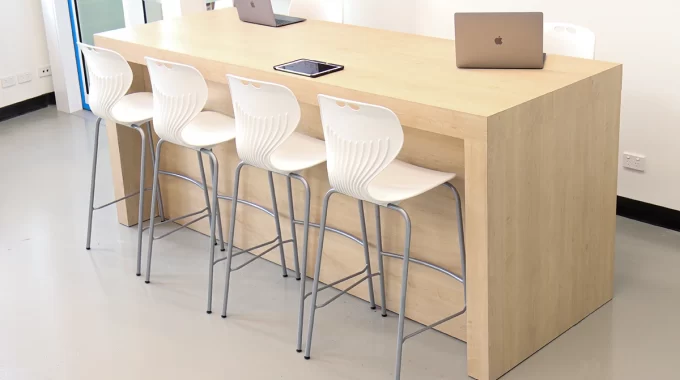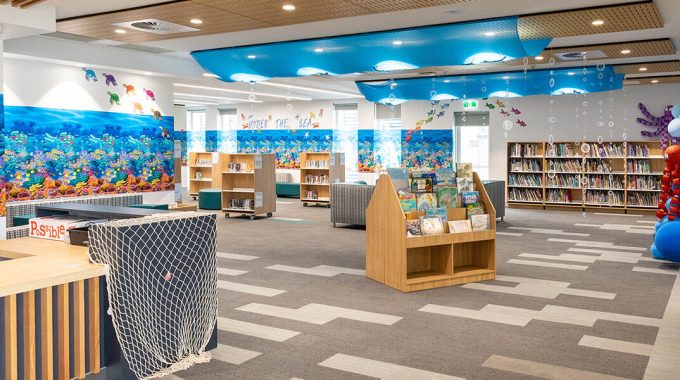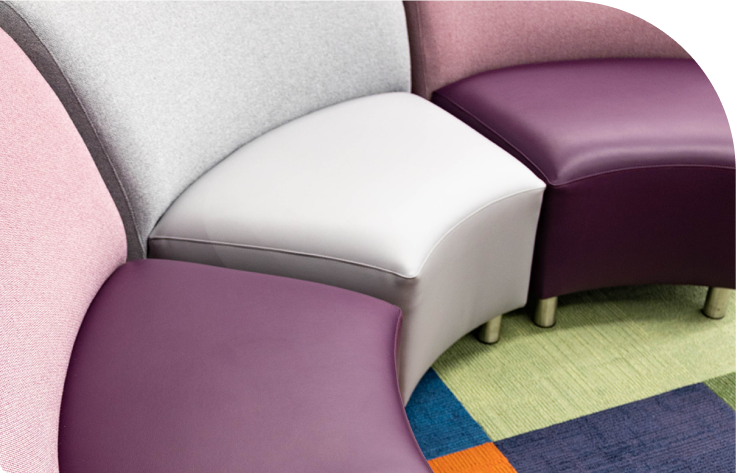The Future of Learning: Integrating Technology with School Furniture Design

In today’s fast-paced educational landscape, integrating technology into school classroom furniture design represents a progressive approach. This fusion of tech and furniture is not just about keeping up with trends; it’s about reshaping the way students interact with their learning environment.
Current Trends in Tech-Integrated Furniture
Recent years have seen a surge in tech-integrated furniture in schools. This includes desks with built-in charging stations and interactive whiteboards that double as student tables. These innovations are not just add-ons but integral parts of the furniture design, transforming traditional classrooms into dynamic learning spaces.

Benefits of Tech-Enabled Furniture
The primary benefit of tech-enabled furniture is the enhancement of student engagement and learning. Interactive desks facilitate collaborative learning, while ergonomic chairs with adjustable features promote comfort and focus. This combination of technology and physical design caters to diverse learning styles and needs.
Design Considerations
When designing tech-enabled furniture, ergonomics plays a crucial role. Furniture must accommodate various body types and ages, ensuring comfort and accessibility. Additionally, the integration of technology should be intuitive, not overwhelming, with an emphasis on durability and safety.

Challenges and Solutions
Implementing tech-integrated furniture comes with challenges. Budget constraints can be a significant hurdle. However, investing in modular and upgradable furniture can offer cost-effective solutions. Ensuring compatibility with existing technology and providing adequate training for educators are also crucial for seamless integration.
Future Outlook
The future of tech-integrated school furniture is promising. We can anticipate more AI-enabled desks that adapt to student learning patterns and virtual reality elements to create immersive educational experiences. The focus will likely be on sustainable materials and energy-efficient designs.
Integrating technology into school furniture is more than a trend; it’s a step towards a more interactive and inclusive educational experience. As we move forward, this integration will play a pivotal role in shaping future learning environments, making them more adaptable, engaging, and effective for students of all ages.









